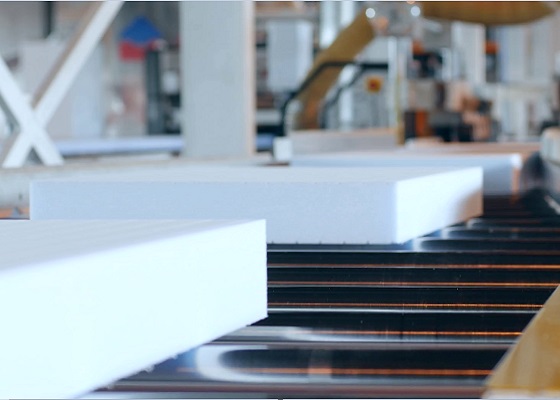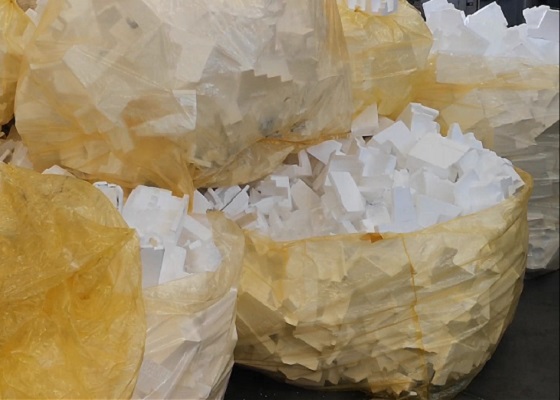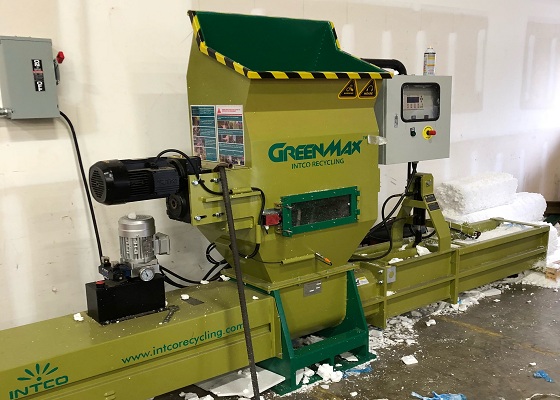The foam industry especially foam recycling is making changes to mitigate foam pollution
Foam materials were manufactured in the 1940s. In less than a hundred years, foam has caused pollution on a global scale. Therefore, in the public's perception, the entire foam industry has been labeled as "pollution".

After the government banned disposable foam products that were difficult to clean and recycle, some people even proposed a ban on all foam products. This idea is currently difficult to achieve. This also shows that the increase in pollution has made people more vigilant about the use of foam products.
In addition to producers, cutters, and packagers, the foam industry also has recycling companies that specialist in foam recycling, such as INTCO Recycling in California.
INTCO Recycling develops foam recycling machines to reduce foam recycling costs. More and more manufacturers, logistics companies, fishermen, etc. have begun to pay attention to foam waste disposal, and purchase a foam recycling machine for recycling. The foam industry is also working to alleviate the pollution of the foam.

The main function of the foam recycling machine currently on the market is to reduce the cost of foam recycling. Foam's light weight and large size require high costs in the storage and transportation of the recycling process. However, using a foam densifier M-C200 developed by INTCO Recycling, the foam waste can be compressed in a ratio of 90:1 to produce a recycled foam ingot. It is like pressing cotton candy into solid bricks, reducing storage area and improving transportation efficiency.

Foam ingot can be sold as a commodity, and end markets such as wood-like materials are willing to acquire it, which is the main reason why foam recycling is being valued by the foam industry.
Before the emergence of cheaper and more convenient materials than foam, the use of foam can't be eliminated at present, and foam pollution can't be completely solved. Foam recycling is a viable way to mitigate foam pollution.
